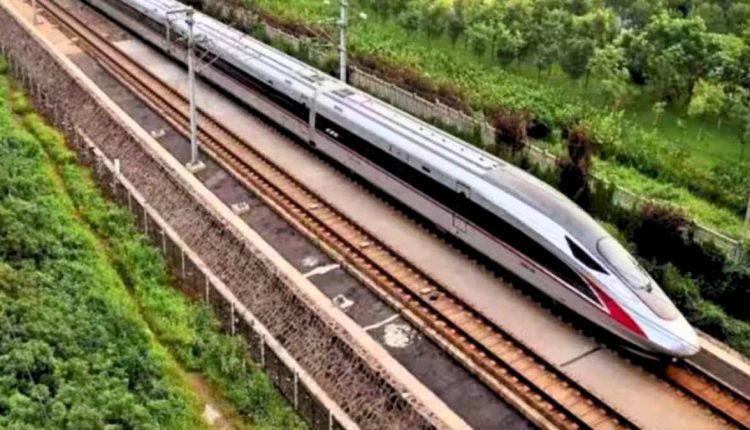The Ministry of Railways has announced that the next-generation E10 Shinkansen bullet train will be introduced simultaneously in India and Japan, highlighting a significant milestone in the countries’ strategic partnership. The E10 will run on the Mumbai–Ahmedabad high-speed rail (MAHSR) corridor, which spans 508 kilometres and incorporates Japanese Shinkansen technology renowned for its speed, safety, and reliability.
Officials clarified that there has been no delay in the project’s execution, with trials for the advanced E10 trains scheduled for 2026–27 as originally planned. This comes amid past concerns regarding the procurement of the preceding E5 Shinkansen model. The Railways Ministry emphasised that Japan’s commitment to the project represents deep technological and strategic collaboration.
Currently, Japan operates the E5 Shinkansen, and the E10 is set to replace it as the next generation, capable of even higher speeds and upgraded safety features. As part of preparations, India’s Integral Coach Factory in Chennai has also awarded a tender to state-run BEML Ltd to manufacture two high-speed trainsets modelled after Japanese bullet trains, with test speeds reaching up to 280 km/h.
Significant construction progress has been reported, with 310 km of viaduct already completed. Out of a planned 12 stations along the corridor, five are finished and another three are nearing completion. Efforts also include the completion of 15 river bridges and advanced work on four more. The highly anticipated undersea tunnel — a key feature between Mumbai’s Bandra Kurla Complex (BKC) and Thane — recently achieved a milestone with the completion of its first 21-kilometre section.
The Ministry underscored that the project not only strengthens Indo-Japanese ties but also places India among select nations with cutting-edge high-speed rail infrastructure. The success of the MAHSR project is expected to pave the way for future bullet train corridors, further modernising India’s railway network.

